Tomé, the first CEO in UPS Inc.’s (NYSE:UPS) 113-year history to have never worked for the company, hosted her first analyst meeting on Thursday. When it ended an hour later, the universe of UPS stakeholders listening in knew that a fresh gale had blown through 55 Glenlake Parkway, its Atlanta headquarters.
Tomé, 63, brought two distinct messages to the call: first, that UPS is a more impressive company than Tomé, who has spent 17 years on its board, had realized. Second, that things need to change for UPS to sustain profitable growth as its business fundamentally changes in the years to come. UPS needs to become “better, not bigger,” she stressed repeatedly.
The candid tenor of Tomé’s message may have surprised UPSers accustomed to scripted and uncritical public language from top leadership. Virtually all prior CEOs, and others in the C-suite as well, had spent their entire careers at the company. Unlike Tomé, they had no perspective as outsiders.
Among her points: For all of UPS’ vaunted industrial engineering prowess, the company can be “over-engineered.” UPS’ portfolio consists of 400 to 500 products, each of which has systems and processes to support them. Yet in 2019, more than 100 of those products were never sold, she said. In addition, UPS will build or buy capacity, sometimes at any cost, in the hope that demand will follow, she said.
UPS has not done a stellar job in allocating capital, Tomé said, suggesting it will have lower “capital intensity” going forward. This means optimizing the assets that the company has on hand, she said.
In technology, where UPS typically invests more than $1 billion a year, the company has gotten stuck in what Tomé called a “static business logic” environment. This has resulted in a lot of overhead expense, an overemphasis on reporting, and “looking through the rearview mirror to drive the company,” she told analysts.
Todd Fowler, analyst for Keybanc Capital Markets, took notice. Tomé’s messaging, he wrote in a Thursday note, was “on the mark with respect to a greater focus on adequate pricing for services, improved efficiencies, streamlining operations and product lines, and perhaps most importantly, reducing capital spending while improving margins to improve returns.”
UPS will only angle for big fish in its cost-reduction efforts, Tomé said. “I don’t like anything unless it starts with a “B” (billions) because it’s just not worth our time,” she said.
Another imperative that Tomé will be wrestling with is how to boost profitability — especially in the business-to-consumer (B2C) segment that accounted for 69% of UPS’ U.S. traffic in the second quarter — without raising prices to levels that might alienate value-conscious merchants. Beneath the otherwise-phenomenal quarterly results that sent UPS shares on Thursday to its best one-day performance in 20 years were ongoing concerns about margin compression. Part of that was short-cycle in nature: The lockdowns in the early part of the quarter cratered business-to-business volumes, the high-margin segment of UPS’ business, while B2C traffic soared.
Yet the challenges of B2C — namely a lack of profitable delivery density and more low-cost carrier competition than on the B2B side — will be with the company long after the pandemic ends. Domestic margins have declined by 500 basis points over the past four years, due mostly to profound shifts in UPS’ mix.
To combat that, Tomé, who spent 24 years at retailing giant The Home Depot Inc. (NySE:HD) before retiring as its CFO in 2019, will ratchet up the focus on the small to midsize (SMB) segment, particularly the smaller tiers of those businesses where she said the company is underpenetrated relative to the competition. Because 46% of its SMB customers believe that time-in-transit performance is a priority, Tomé authorized the pull-forward into 2020 of $750 million to improve delivery times and expand service levels. By October, UPS will reach 90% of the U.S. population in three days, and 75% of the country will have access to Saturday ground residential deliveries, she said.
The SMB customer “values our end-to-end network and is willing to pay for it,” Tomé said. The revenue is of “better quality” than from other top-line sources and can be achieved without a heavy reliance on price increases, she said.
The pace of technological change will also quicken, Tomé said. During the call, she unveiled ground-floor plans for “Transformation 2.0” and “Transformation 3.0,” even as UPS was still working on “Transformation 1.0,” which is expected to finish by the end of 2021 and has delivered about $1 billion in cumulative savings since it started in 2018, according to company estimates. The next phases will likely focus on “analytical data science” designed to improve productivity and profitability per piece, Tomé said. More systems and applications will move to the cloud, she said. So far, 25 are cloud-based with only four applications running on mainframes, she said.
Tomé, who left one behemoth to join another, understands the challenges of transforming a company of UPS’ size. As she sees it, the combination of “right-sizing” the revenue and productivity and efficiency improvements will boost flagging U.S. operating margins, which many analysts consider the top priority. “This is a big company to turn. You can’t do it overnight. But if you look through 2020 and into 2021 and beyond, you should expect the margin to start to go in the right direction.”


